Best Brewery Fermenter for Craft Beer
What is a Brewery Fermenter?
A brewery fermenter is a specialized vessel used in beer production, where yeast converts sugars into alcohol and carbon dioxide. This critical stage in brewing determines the flavor, aroma, and texture of the final product. The fermenter is typically designed to maintain ideal conditions for yeast activity, including temperature control, pressure regulation, and sanitation.
Fermenters come in various shapes and sizes, from small homebrew setups to massive industrial tanks. These vessels can be made from stainless steel, plastic, or glass, with stainless steel fermenters being the industry standard due to their durability and ease of cleaning.
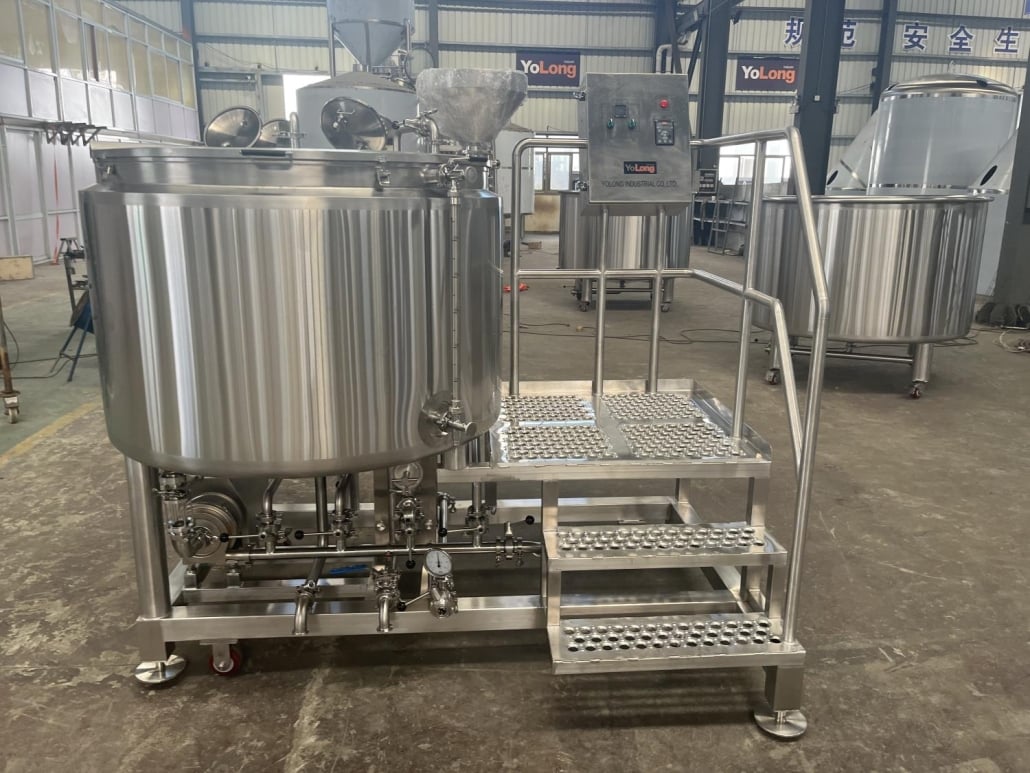
The Role of Brewery Agitator in the Brewing Process
A brewery agitator plays a crucial role in maintaining uniformity during fermentation. This mechanical mixing device ensures that yeast and nutrients are evenly distributed throughout the wort, leading to consistent fermentation results.
Agitators help in:
- Preventing sedimentation: Yeast and proteins can settle at the bottom if not properly mixed, affecting the fermentation process.
- Oxygen management: Some fermentation stages require controlled oxygen exposure, and agitators help regulate this.
- Enhancing flavor development: Proper mixing encourages yeast activity, leading to better alcohol and ester formation, which influences the beer’s taste and aroma.
Types of Brewery Fermenters
Brewery fermenters come in different forms, each suited for specific brewing needs.
1. Open Fermenters
These traditional fermenters expose the beer to open air, allowing unique yeast-driven flavors to develop. They are commonly used for brewing Belgian and German wheat beers. However, contamination risk and oxygen exposure make them less common in modern breweries.
2. Closed Fermenters
Modern breweries favor closed fermenters, which prevent contamination and allow better control over fermentation variables. These tanks are typically made from stainless steel and include temperature regulation systems.
3. Unitanks
A unitank serves as both a fermenter and a conditioning vessel. This dual-purpose design saves space and simplifies the brewing process, making it popular among small craft breweries.
4. Cylindroconical Fermenters
These fermenters, with their conical bottom design, allow yeast to settle at the base, making it easy to harvest for reuse. Most commercial breweries use this type for its efficiency in yeast management.
5. Horizontal Fermenters
Used primarily for lagering, horizontal fermenters provide greater surface area for yeast contact, which can enhance flavor development and reduce fermentation time.



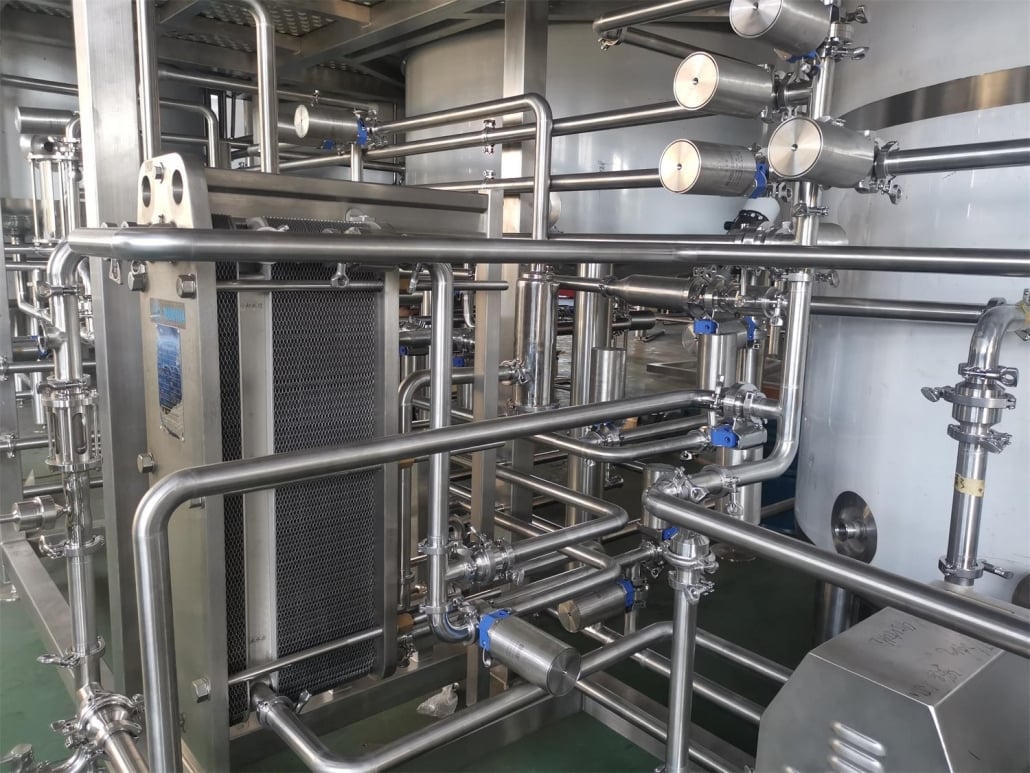
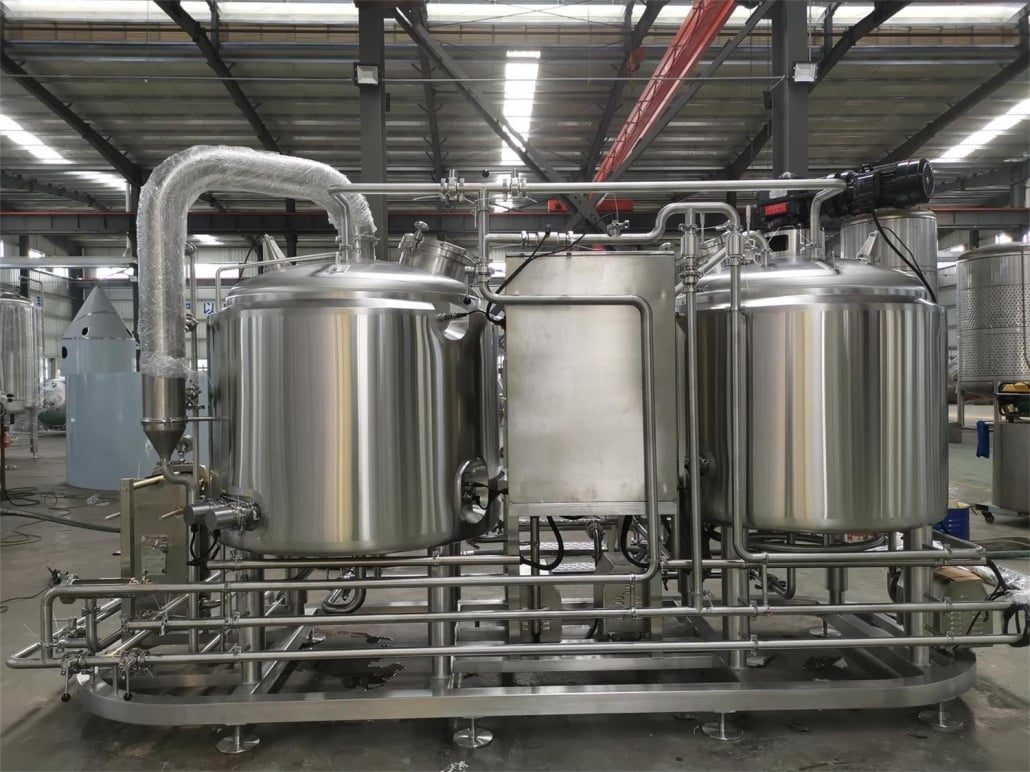
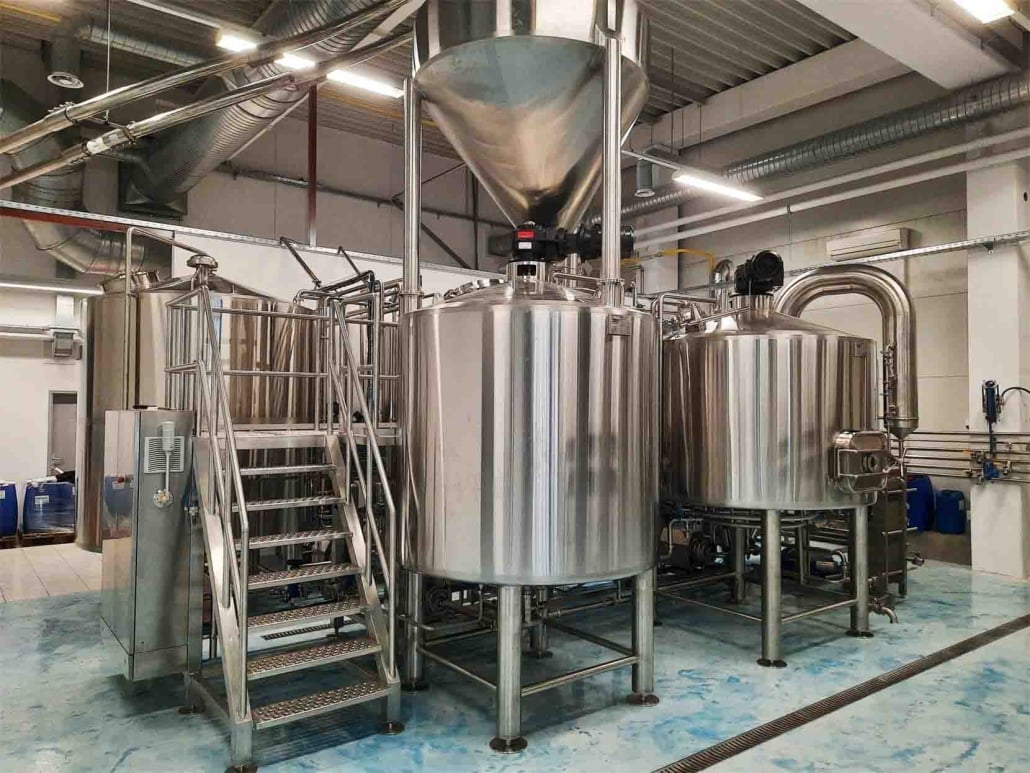
How Does a Brewery Fermenter Work?
| Step | Process |
|---|---|
| 1. Wort Transfer | The boiled wort is transferred into the fermenter after being cooled. |
| 2. Yeast Pitching | Yeast is added to initiate fermentation. |
| 3. Fermentation | Yeast consumes sugars, producing alcohol and CO₂. Temperature and pressure are controlled during this phase. |
| 4. Monitoring | Brewers track gravity changes, temperature, and pH levels to ensure fermentation progresses properly. |
| 5. Maturation | The beer matures in the fermenter until it reaches the desired flavor profile. |
| 6. Yeast Harvesting | If using a conical fermenter, yeast is collected for future batches. |
| 7. Beer Transfer | The finished beer is transferred to conditioning tanks or kegs for packaging. |
Choosing the Right Brewery Fermenter
Selecting a suitable fermenter depends on factors like batch size, brewery space, budget, and beer style.
- Capacity: Fermenters range from 5-gallon homebrew models to 300+ barrel commercial tanks. Consider current and future production needs.
- Material: Stainless steel is preferred for durability and hygiene, but plastic and glass options exist for homebrewers.
- Temperature Control: Built-in cooling jackets or external glycol systems are essential for controlling fermentation.
- Pressure Tolerance: Some fermenters allow pressurized fermentation, which can enhance carbonation and beer clarity.
- Ease of Cleaning: Look for CIP (Clean-In-Place) systems that simplify sanitation.
Cleaning and Maintenance of a Brewery Fermenter
| Task | Best Practices |
|---|---|
| Daily Rinse | Flush the fermenter with warm water after each use to remove residue. |
| Chemical Cleaning | Use alkaline cleaners to break down proteins and organic matter. |
| Acid Sanitization | Apply phosphoric acid to remove beer stone and microbial contaminants. |
| Regular Inspection | Check for cracks, leaks, and buildup to prevent contamination. |
| Sterilization | Before brewing, sterilize the fermenter using steam, hot water, or chemical sanitizers. |
Where to Buy Brewery Fermenters?
You can find fermenters from various suppliers, including specialized brewing equipment manufacturers, online retailers, and local brewing stores. Popular brands include Ss Brewtech, Blichmann Engineering, and Spike Brewing for homebrewers, while larger breweries source tanks from JV Northwest, DME Process Systems, and BrewBuilt.
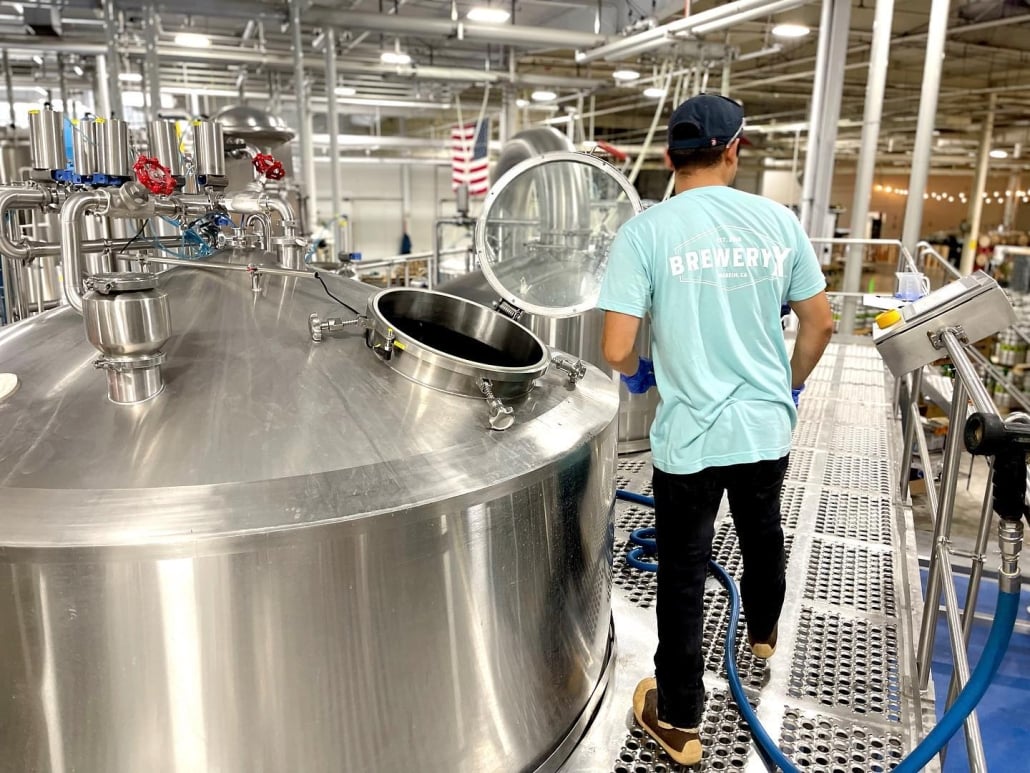
FAQ
| Question | Answer |
|---|---|
| What size fermenter do I need? | Choose a fermenter 1.2 to 1.5 times your batch size to allow space for krausen. |
| How do I control fermentation temperature? | Use glycol cooling systems or temperature-controlled rooms. |
| Can I ferment under pressure? | Yes, some fermenters allow pressurized fermentation for natural carbonation. |
| How long does fermentation take? | Ales ferment in 5-7 days, while lagers can take 2-6 weeks. |
| Do I need a conical fermenter? | Conical fermenters simplify yeast harvesting and beer clarity but are pricier. |
| What is a unitank? | A unitank serves as both a fermenter and conditioning tank, streamlining the brewing process. |
| How often should I clean my fermenter? | After every use! Proper sanitation prevents infections and off-flavors. |
| Can I use a plastic fermenter? | Yes, but plastic is prone to scratches, which can harbor bacteria. Stainless steel is best. |




